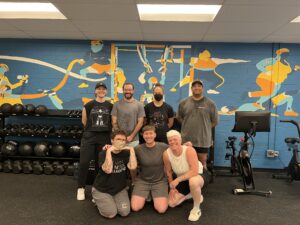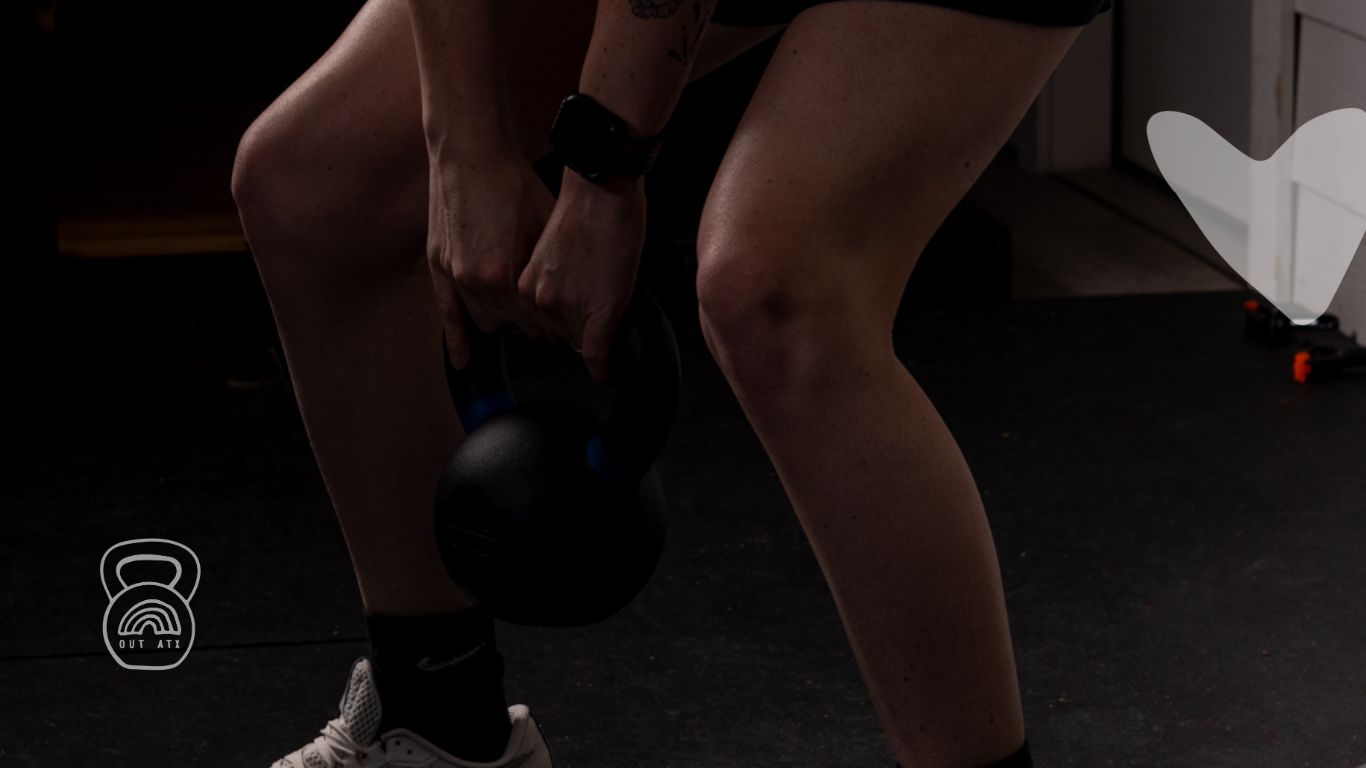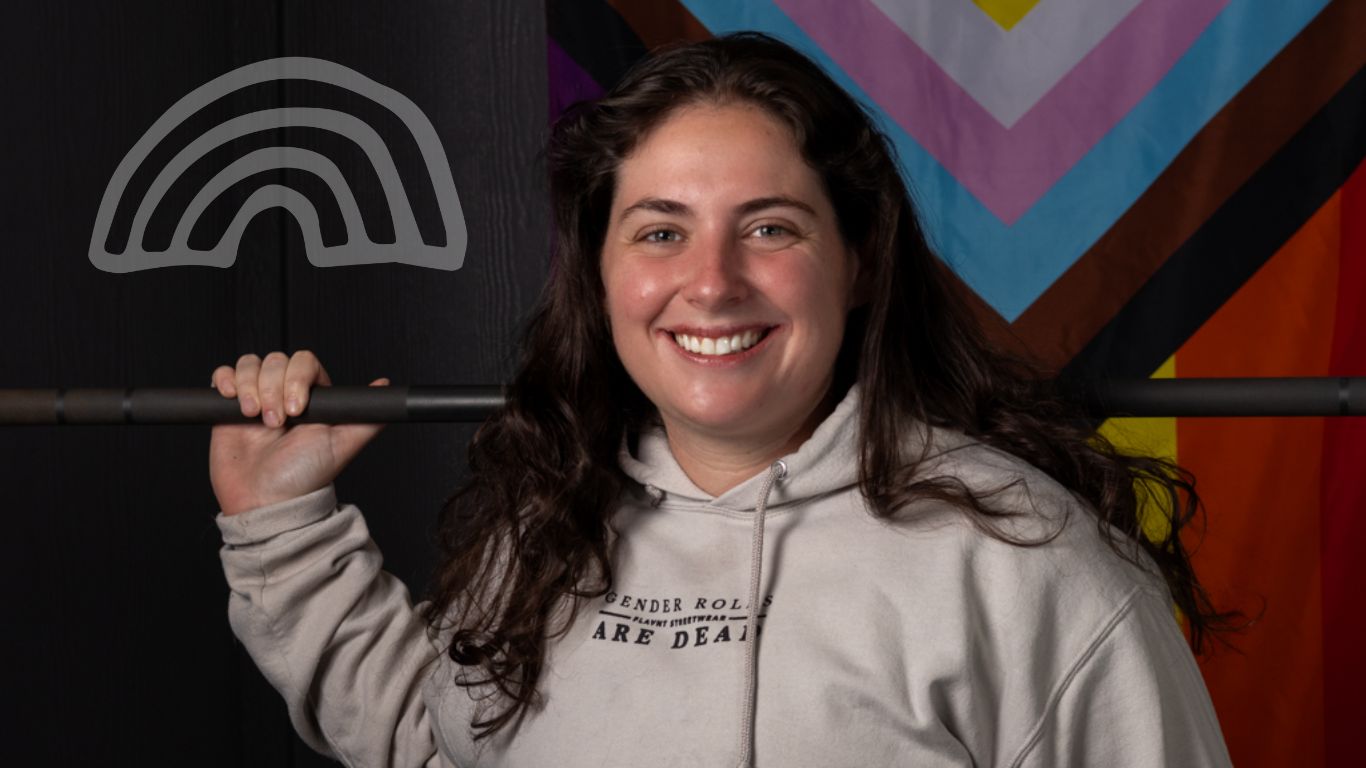When you think mental wellness routines, you might think: gratitude journals, yoga, hydrate, cut caffeine, blah blah blah.
We’re here to tell you to forget the perfect mental wellness routine.
No mandatory meditation.
No forced gratitude journaling.
No cutting caffeine because some influencer said so.
A mental wellness routine isn’t about following a formula. It’s not about checking boxes or doing what looks good on paper. It’s about what actually helps. If it doesn’t lower stress, increase clarity, or make life easier, it’s not worth keeping. The goal here is simple: build a routine that fits into your life—not the other way around.
No Time to Read? Take These Takeaways with YouA mental wellness routine should be simple and work for you.
|
Step 1: Find What Feels Good
Self-care isn’t about doing what you should do—it’s about what really helps. If something feels like a chore, it’s not self-care. Let it go. Replace it with something that feels right for you.
Maybe that’s turning up your favorite song and singing along in the car. Maybe it’s stepping outside for a few deep breaths. Maybe it’s stretching, dancing, or just sitting quietly for a moment. There’s no right way to do this—only what makes you feel a little lighter.
Action Step: Jot down a few things that help you unwind, even for a moment. If nothing comes to mind, think back—what used to bring you peace before life got so busy?

Need guidance? We can help you find the right support. Reach out for referrals and consultations.
Step 2: Start Small, Make It Stick
Big lifestyle changes sound great in theory, but they rarely last. The key is to start small—tiny shifts that fit into your life, not disrupt it. Maybe that’s putting your phone down 10 minutes before bed instead of an hour. Maybe it’s taking one deep breath before jumping into your inbox. Small steps add up.
If making small changes feels tough, here are a few ways to make it easier:
- Pair it with something you already do. Want to drink more water? Keep a glass by your coffee maker and take a sip before your first cup. Trying to breathe before checking your inbox? Do it while your computer loads.
- Make it fun. Turn your phone downtime into a challenge—how many nights in a row can you cut screen time by 10 minutes? Give yourself a reward for sticking with it.
- Track your wins. Write down the small shifts you make, no matter how minor. Seeing progress, even in tiny steps, builds motivation.
- Give yourself grace. Some days won’t go as planned. That’s okay. What matters is that you keep coming back to the habits that help you feel better.
If something feels like too much, scale it back. The goal isn’t to overhaul your life overnight—it’s to build habits that actually stick.
Step 3: Protect Your Energy
Your mental wellness isn’t just about what you do—it’s also about what you don’t allow in. Stress piles up when there are no boundaries, and too many commitments can drain you fast. It’s okay to step back.

- Say no to things that leave you exhausted.
- Keep work from creeping into your personal time.
- Limit exposure to negativity—online, in conversations, wherever it shows up.
Not everything deserves your time and energy. Protecting your peace isn’t selfish—it’s necessary.
Step 4: Check In and Adjust
You can’t really just set it and forget it when it comes to mental wellness routines. Life changes, and so do your needs. Maybe journaling helped last month but feels like a chore now. Maybe that morning walk you started is the best part of your day. The key is to pay attention. What makes you feel better? What feels forced? If something isn’t working, change it—no guilt, no pressure.
Every week, take five minutes to reflect. Ask yourself: What’s been helping? What’s not working anymore? Small tweaks over time make a big difference.
Pro Tip: Keep a simple log. This doesn’t have to be a full-blown journal. Just a quick note in your phone or a sticky note: Felt good today after stretching for five minutes or Too much social media made me anxious. Over time, you’ll see patterns that help you fine-tune your routine.
Step 5: Find Your People
Mental wellness isn’t just about what you do—it’s also about who you have around you. The right people can lift you up, help you reset, and remind you that you’re not alone. Maybe that’s a close friend, a support group, or even an online community that just gets it. The key is to surround yourself with people who support your well-being, not drain it.

Pay attention to how you feel after spending time with certain people. Energized? Lighter? Good sign. Drained? Anxious? Might be time to set some boundaries.
Something to Try: If you don’t have a strong support system yet, start small. Join a local meetup, reach out to an old friend, or find a community that shares your interests. You don’t have to figure everything out alone.
Final Thoughts
Mental wellness isn’t a solo journey. Sometimes, you need more than just small habits—you need real support. Therapy, support groups, coaching, or even just a friend who listens can make all the difference. If you’ve been struggling, don’t wait until things feel unbearable to reach out. There’s help available, no matter your budget. If you’re looking for LGBTQ+ affirming mental health specialists in Austin, we’ve put together a list of trusted providers here. You don’t have to figure this out alone—support is out there.
If therapy isn’t your thing, that’s okay. There are so many other ways to get support. Group sessions, local wellness events, mindfulness apps, or even online spaces can be just as helpful. Sometimes, just having people to talk to makes all the difference. OutWellness hosts community events, group classes, and Discord groups where you can connect, learn, and support each other. You don’t have to figure it all out alone—there’s a place for you here.
Look into free and sliding-scale mental health resources in your area. If you’re not sure where to start, reach out—we can help connect you with options that fit your needs.



